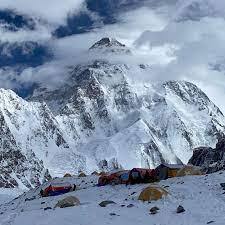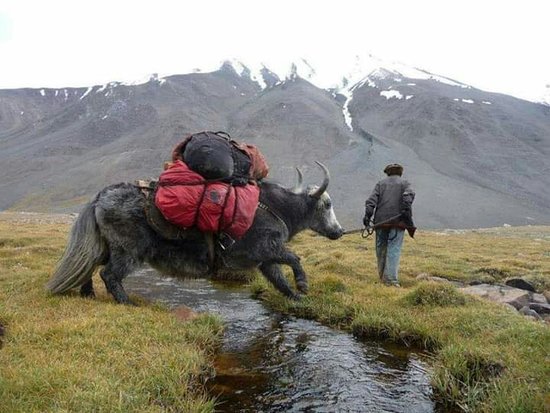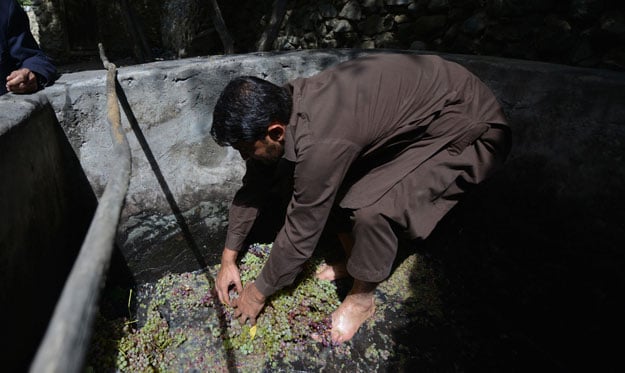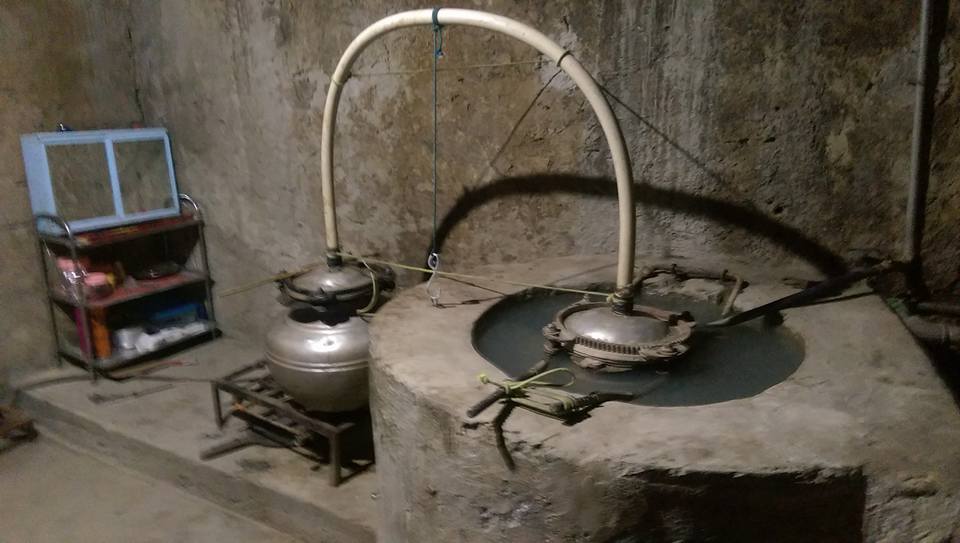Luxus Grand Hotel Hunza: A Luxurious Stay in the Mountains
If you’re looking for a luxurious stay in the mountains, Luxus Grand Hotel Hunza is the perfect place for you. Located in the heart of the Hunza valley in Pakistan, this hotel offers breathtaking views of the surrounding mountains and valleys.
The Luxus Grand Hotel Hunza is a 5-star hotel that boasts 70 well-appointed rooms and suites. Each room is equipped with modern amenities such as air conditioning, flat-screen TV, mini-bar, and free Wi-Fi. The hotel also has a range of facilities including a fitness center, sauna, steam room, and indoor swimming pool.
The hotel’s restaurant offers a variety of cuisines including Pakistani, Chinese, and continental dishes. Guests can also enjoy a cup of tea or coffee at the hotel’s café while taking in the stunning views of the surrounding mountains.
For business travelers, the hotel has a fully equipped business center and meeting rooms that can accommodate up to 300 people. The hotel also has a ballroom that can be used for weddings and other events.
One of the unique features of Luxus Grand Hotel Hunza is its location. The hotel is situated in the Hunza valley, which is known for its natural beauty and rich cultural heritage. Guests can explore the surrounding mountains and valleys, visit the local bazaars, and learn about the history and culture of the area.
The hotel also offers a range of outdoor activities such as trekking, hiking, and mountain biking. Guests can also go on a guided tour of the surrounding areas or enjoy a picnic in the beautiful countryside.
Luxus Grand Hotel Hunza is committed to providing its guests with a luxurious and comfortable stay. The hotel’s staff is friendly and professional, and they go above and beyond to ensure that guests have a memorable stay.
In conclusion, if you’re looking for a luxurious stay in the mountains, Luxus Grand Hotel Hunza is the perfect place for you. With its stunning location, modern amenities, and range of activities, this hotel offers an unforgettable experience for its guests.















